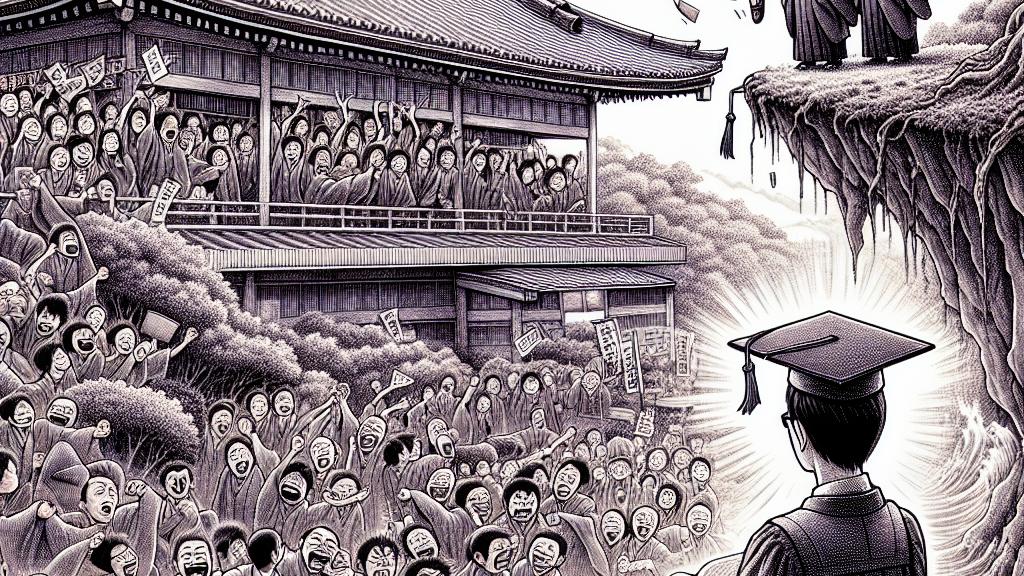Surviving Class Collapse: A Teacher's Journey
Overview
- An engaging recount of a novice teacher's journey to reshape a mismanaged classroom into a thriving educational environment.
- Describes the emotional highs and lows experienced at the start of the school year, illustrating real-life classroom challenges.
- Presents dynamic strategies that ignite student enthusiasm and foster a culture of respect and collaboration.

The Context of Class Collapse in Japan
In Japan, a country renowned for its rich educational traditions, the author wades into their inaugural teaching experience with a blend of excitement and trepidation. On March 26, a day marked by a heartfelt completion ceremony, emotions ran high. Yet, this joyous occasion swiftly turned daunting when the principal assigned them to a notoriously turbulent third-grade class. This group was infamous not only for comprising several students needing special support but also for their reputation for chaos and disruption. For the teacher, this announcement felt like standing on the edge of a cliff, peering into the uncertainty of the year ahead.
Confronting Unexpected Challenges with Resilience
As the new school year kicked off on April 6, the classroom erupted with an overwhelming cacophony of voices, fidgeting bodies, and distracted faces. Despite the teacher's enthusiastic welcome, many students appeared oblivious, caught in a whirlwind of their own distractions. A sense of despair washed over them as they recalled accounts of last year's struggles that seemed to haunt this classroom. Each moment felt like a struggle against an unmanageable tide, where students—previously neglected—seemed to act out, vying for attention amidst the chaos. They realized that to navigate this storm, a robust strategy would be essential.
Implementing Innovative Strategies for Classroom Success
Determined to turn the tide, the teacher crafted a multifaceted strategy aimed at creating an engaging and collaborative environment. They prioritized establishing a sense of community, focusing on the entire class rather than just individual issues. For example, the introduction of ‘shout-outs’—a corner of the classroom dedicated to recognizing individual achievements—fostered positivity and encouragement. Additionally, they incorporated interactive games and peer mentoring activities, allowing students to support one another and build friendships. This approach not only enhanced student engagement but also strengthened bonds between classmates. Emphasizing cooperation and mutual respect transformed the once-chaotic classroom into a vibrant, inclusive environment where every student felt valued and inspired to learn. Ultimately, the teacher learned that by fostering positive relationships and implementing creative tactics, they could overcome the struggles that initially defined the year, paving the way for a successful and rewarding teaching experience.

Loading...